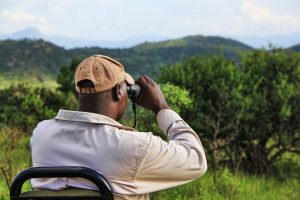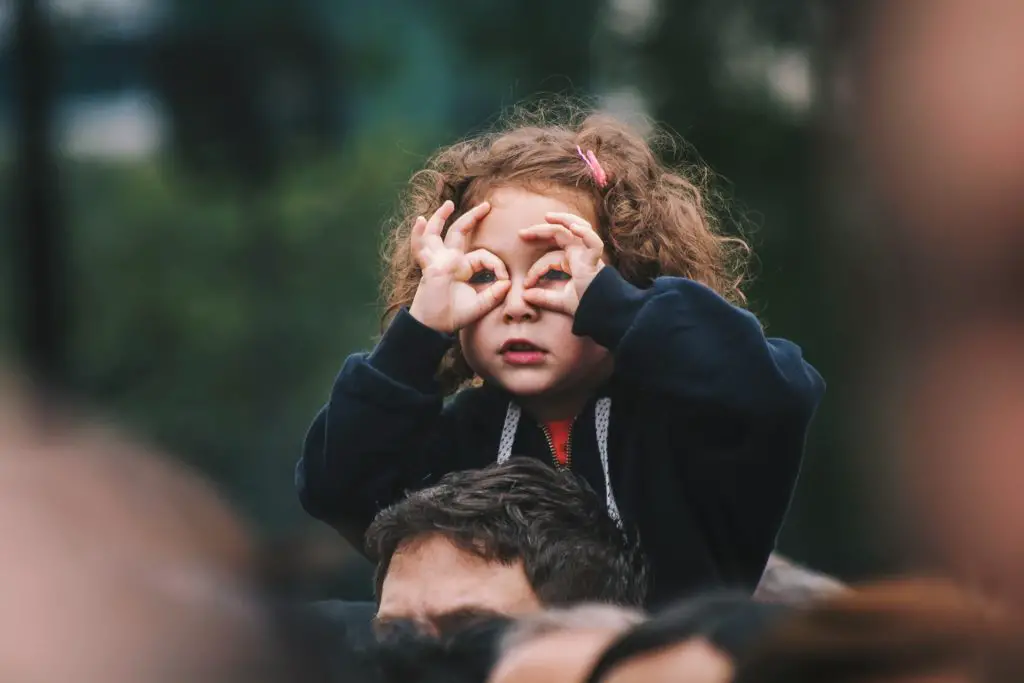If you are ready to buy a pair of binoculars, and you have not owned a pair before, then there are many things you need to learn about them. One of the crucial things to know about binoculars is the numbers.
These numbers give you everything you need to know about your binoculars. It does not matter what you plan to use them for, whether looking at the stars, hunting, or watching the birds.What Do Binocular Numbers Mean?
What Do Binocular Numbers Mean?
If you have not used binoculars in the past, you cannot go and rush out to buy the first ones you see. That is because you have to understand the numbers and let’s start talking about that now.
Magnification Numbers
You will see the number on the binoculars shown as a combination of two numbers, an example being 7 x 50. So that is the magnification number. And let’s break it down further.
The first part, which is seven, means that what you see while looking through the lens is that things appear to be seven more times closer than they are. So the higher the first number is in the combination, the closer things will appear when you look through the lens.
Why do you not want to have a magnification number higher than 12?
However, you do not want to have a magnification number higher than 12 because that will make it more challenging to see the entire image. For example, imagine looking at a faraway bird, and if the magnification number is 13, you will only know the wing or the head, which will appear giant.
What about the number following the magnification number?
Which means if using the example of 7 x 50, what does 50 mean? That is the objective lens or the aperture. Let’s go over that more now.
Learn about weapons, survival, and more by clicking HERE.
Objective Lens
The number that comes after the magnification number is the objective lens or the aperture. That number is essential as it represents the amount of light that the binoculars can take in.
Going back to that 7 x 50 example, the 50 means that the binoculars have 50 mm of the objective lens size, which is a reasonably wide lens. That means the 7 x 50 binoculars are going to be broad.
Therefore, when you use this pair of binoculars, the light will be bright because 50 mm does take in a lot of light. Therefore, if you need these binoculars for nighttime, you will need to use them then it will work well to gather dim light.
Why do you not want to get binoculars with an objective lens under 35?
Consequently, you do not want to get binoculars with an objective lens under 35 if you plan to use them at night. There is not a lot of light that they can take in. However, for nighttime, 50 and above is good.
What binoculars do you need to look at the night sky?
And if you want to look at the night sky, then the ideal pair of binoculars would be 10 x 100. You can see the stars and planets that appear to be ten times closer than they are, and the 100 objective lenses will take in a lot of light, so it will appear brighter.
Now, let’s talk about the other essential thing about binoculars which is the angle of view.
You may also like
| What is the Survival Rule of Threes? |
| How Many Lumens in A Flashlight Are Needed in Different Survival Situations? |
| How To Set Up Emergency Toilet The Right Way |
Angle Of View
The basic meaning of the angle of view on the binoculars represents the horizontal scenery you can see when you look through the lenses. So you will see that degrees represent the angle of view which means the higher the number, you will see a broader perspective.
So you will have a great angle of view when it is six degrees or higher.
However, when you see an angle of view that is very high such as 80 degrees, then that means the manufacturer notes the actual angle of view. You reach that number by multiplying the magnification number and the angle of view.
So, for example, let’s go back to that example, 7 x 50 with an eight-degree angle of view. Therefore, that means the actual angle of view is 56 since 7 x 8 is 56.
What about the field of view? That goes hand in hand with the angle of view. Let’s go over that now.
The Field Of View
The field of view has nothing to do with degrees, but instead, its expression is in feet per 1,000 yards or meters per 1,000 meters. Once again, a higher field of view number means you will see a broader horizontal view through the binoculars.
An adequate field of view is from 300 to 400 feet. And once again, remember that the higher the magnification number is, the smaller the field of view will appear. That is because you see the item closer.
How do you convert the field of view?
The way you convert the field of view is by multiplying the angle of view by 52.5. Therefore, if you take an eight-degree angle of view and multiply it by 52.5, you will get a 420 field of view value, which is a bit high.
Now, let’s talk about the numbers having to do with your eyes. That is also essential to know.
Eye Relief
You have the eye relief number and close focus. If you do not wear glasses, you do not need to worry about the eye relief number. However, if you do, you need to know the number as it tells you how far your eyes need to be away from the eyepiece to enjoy the full view of what you see through the binoculars.
You will want to have an eye relief of at least 15 mm if you wear glasses.
Close Focus
Now, let’s talk about the close focus, as that number shows the minimum distance your lenses need to focus. So, for example, if you have a focus number of 12 feet, then that means you will have the best focus when an item is as close as 12 feet from you.
Conclusion
When you buy a pair of binoculars, you cannot run out and find the first ones you see. You have to understand the numbers on them as they all mean different things. You need to realize that the numbers mean which binoculars are best to view for nighttime and daytime, and how close you want to see items to you.
That means the binoculars that you get will be different for stargazing than they would be for birdwatching or looking to see any threats or food to hunt‘ in the distance.
If you are unsure what the best type of binoculars to get for your needs, you can always ask an expert!
If you have any more questions about binoculars comment below.
Find the complete step-by-step survival guides on our website.



